Real running heroes: meet the people making a difference on the roads and trails
It’s not just the fastest runners who deserve to grab the headlines
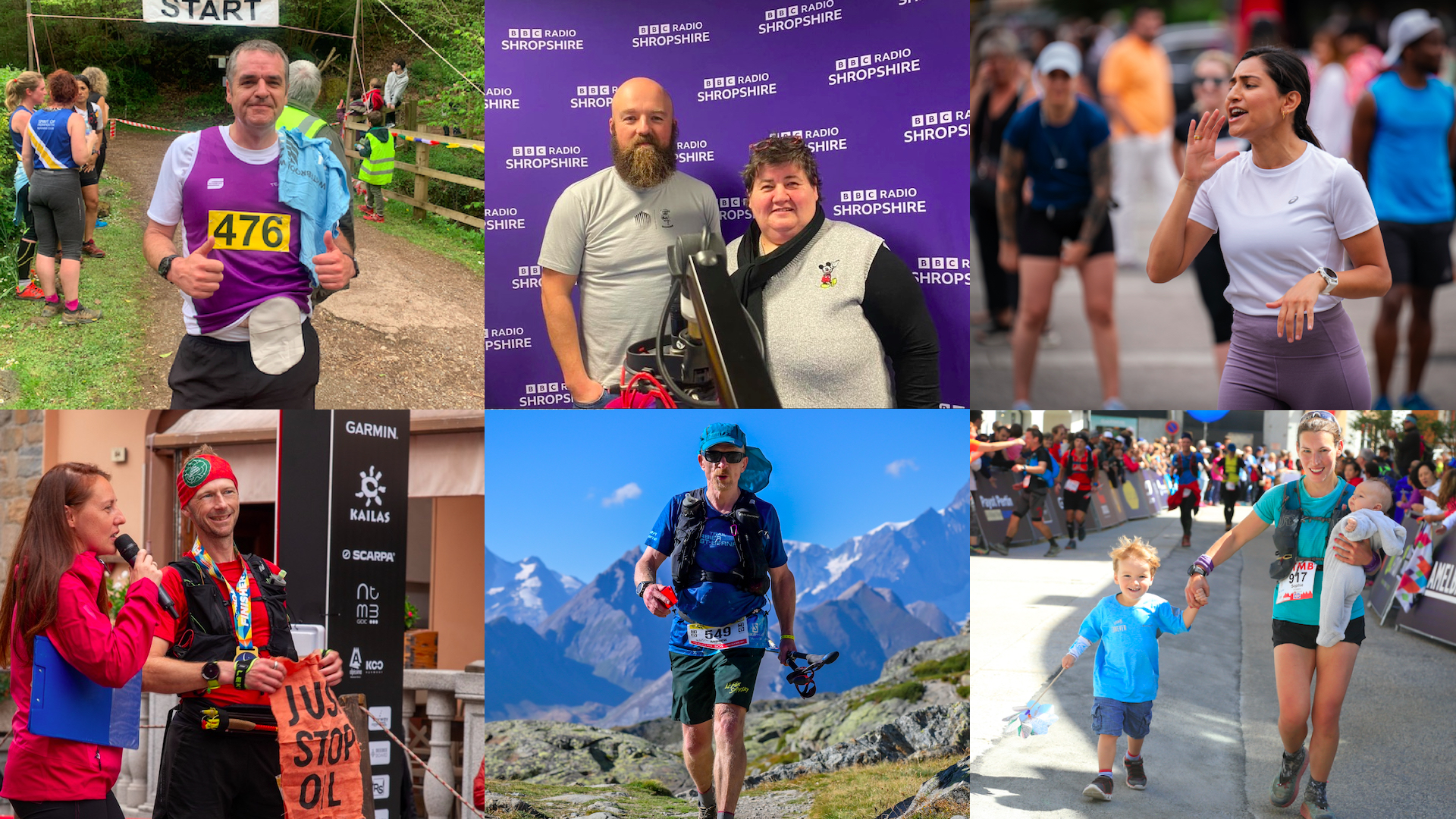
Here at Advnture we’d like to introduce to you the real running heroes – the people making the biggest difference in the running world. They aren’t necessarily the ones running super fast times and breaking records – though some of them do that as well, as a sort of casual side hustle on top of their more important work on conservation, accessibility and diversity.
We know there are many more heroes out there but this batch of five includes runners who are trying to help save the planet, make the sport more inclusive and show that having a stoma bag doesn’t have to keep you off the trails. So forget breaking records and fastest known times – that’s so 2023. These are the real running heroes to look out for in 2024 and beyond.
Meet the expert
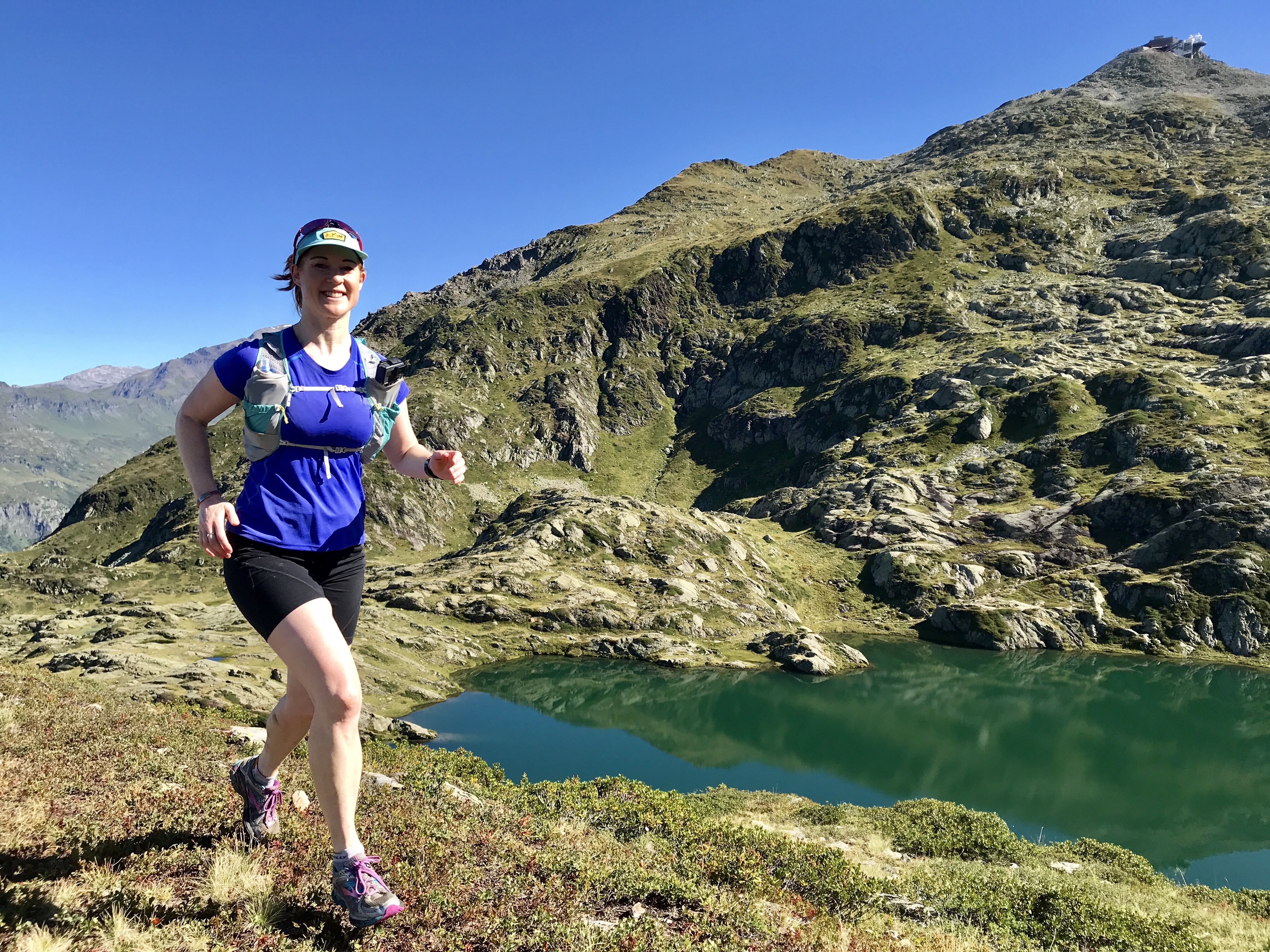
Claire is one of our leading trail running experts. The co-founder and former editor of Trail Running magazine now runs her own YouTube channel and loves nothing more than hitting the trails. She’s tested countless trail running shoes in her time and knows a good pair when she sees one.
Damian Hall – The Green Runners
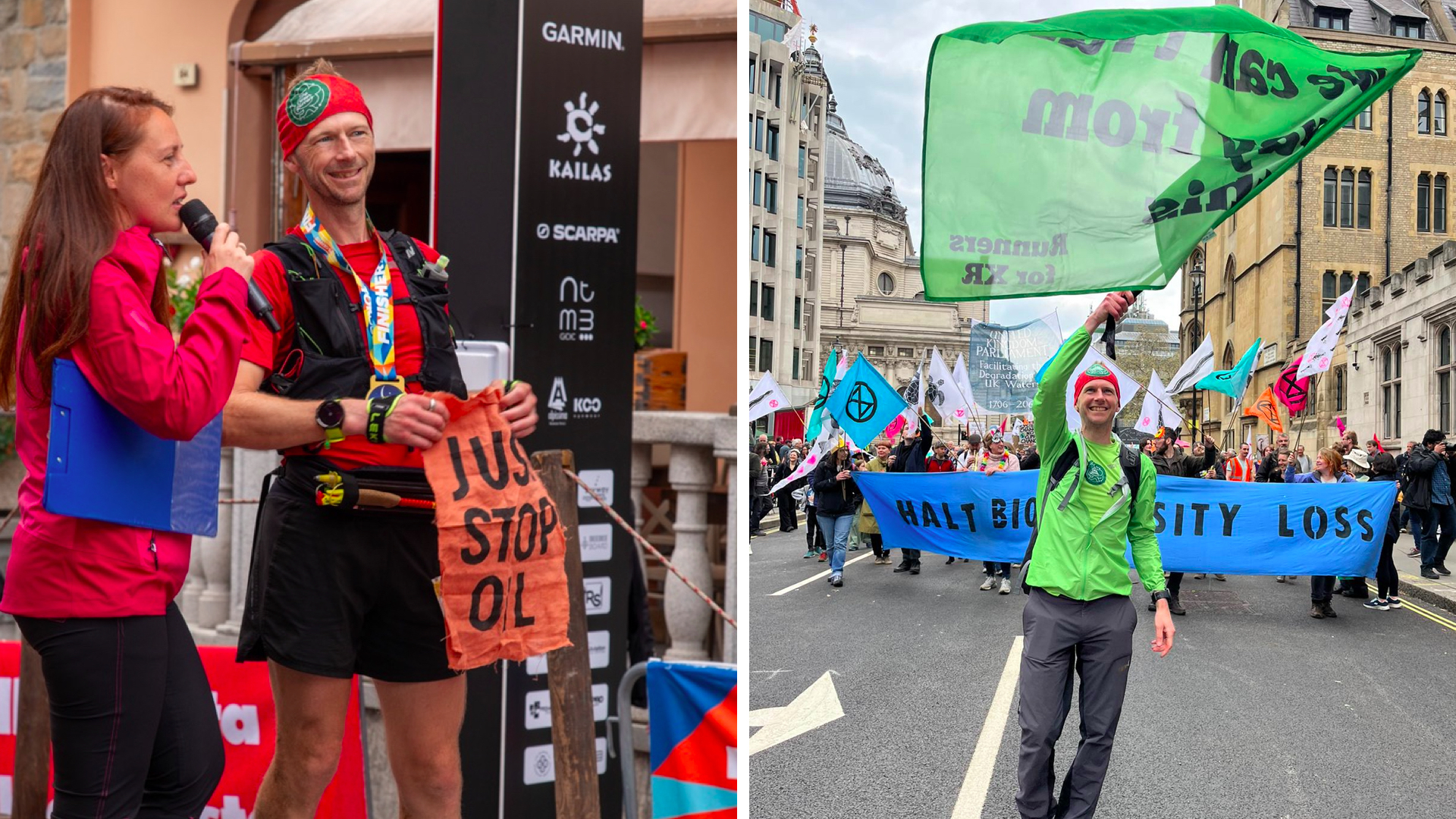
Superpower: Being a climate activist and low-carbon athlete
Who is he? Slightly well-known tea-drinker and ultra runner Damian is a co-founder of The Green Runners. Among his other accomplishments, he has represented Great Britain in the sport of running a long way (ultra running), won the infamous 268m Spine Race in 2023, placed fifth at the Ultra-Trail du Mont Blanc (UTMB) in 2018, and broken eight ultra running records. His second book, We Can’t Run Away From This, is a fantastic resource for runners who want to know more about how we can be more sustainable ourselves, encourage others and be active in holding big companies to account to change their polluting ways.
Why did you help found The Green Runners?
I realized there were a lot of runners who felt the same way about our climate and ecological emergency, so we decided to form a club, to affect change in the industry.
Why did you decide to pick up litter on your 2020 Pennine Way record?
Advnture Newsletter
All the latest inspiration, tips and guides to help you plan your next Advnture!
Most runners I know pick up litter anyway and in terms of activism/sustainability it’s about the smallest gesture you can make. But it seems to get media attention, which can lead to conversations about bigger topics, such as sportswashing and fossil fuels.
Which are your fave sustainable running/outdoor brands?
Any that pledge to make fewer products, more durable products and don’t BS us with greenwashing.
What’s the best way runners can be more eco-friendly?
Join The Green Runners and any environmentally focused organizations, such as Greenpeace, Just Stop Oil, Extinction Rebellion; help fund them, join us in protests and campaigns, vote for the party with the greenest policies in the 2024 General Election, and talk about it.
What’s the most important message you’d like to get across to other runners unaware of your cause?
Our house is on fire. Climate breakdown is already affecting running through extreme heat, extreme weather (not least wildfires and floods), biodiversity loss, air pollution, race cancellations because of extreme heat (such as the October 2023 Twin Cities Marathon, Minneapolis, USA), unsafe conditions for running (Seb Coe says future Olympics may not have a marathon), health issues… Air pollution kills millions and runners breathe in more air than most.
Your most important message?
This is an emergency. Together we can make a difference.
Sophie Power – SheRACES
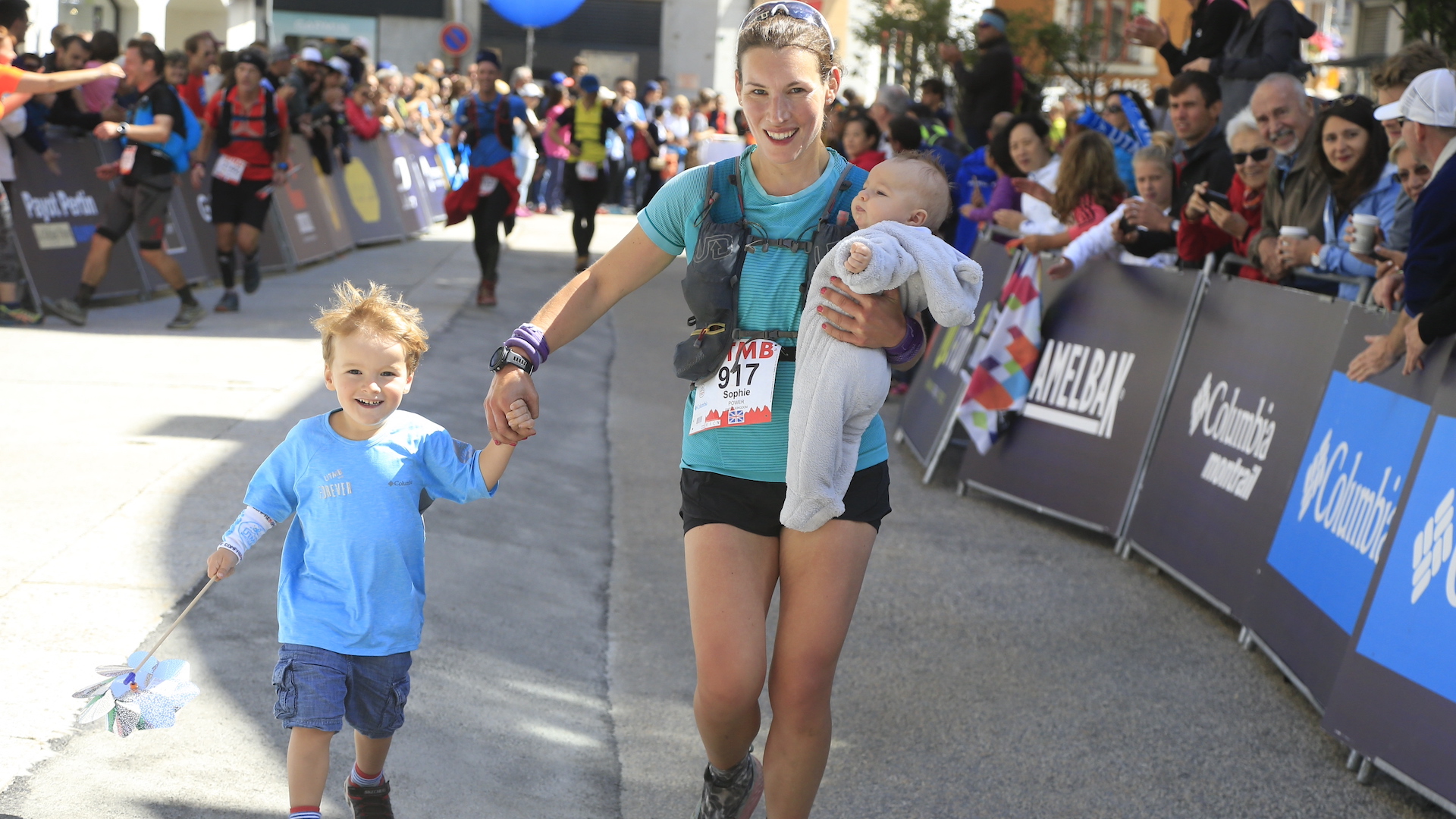
Superpower: Campaigning for women’s equality in racing
Who is she? Mum of three Sophie is a Team GB 24 hour ultra runner and Trustee of Women in Sport. In 2018 she was photographed by Alexis Berg breastfeeding her three-month-old son at a checkpoint on the Ultra-Trail du Mont Blanc. The photograph went viral and started Sophie on her mission.
Why did you decide to start SheRACES?
While pregnant with my second baby I wanted to defer my UTMB place until I was fully fit, but while they allow deferrals for injury, pregnancy is seen as a choice. Completing the UTMB was a dream for me, and having already lost a hard-won place while pregnant with my first son, I chose to race when he was three months old. Many women lose out on that opportunity. I initially campaigned for pregnancy deferrals at races, with some success, such as the London Marathon, but realized that far more change is needed to get more women on start lines.
What does SheRACES do?
The goal is to make sure more women experience the joy of races, have a good experience, and value our competition equally. This ranges from using inclusive imagery, to offering period products and sufficient toilets, and equal coverage of women’s races. Events can commit to our guidelines and display our logo to let women know they’ll be fully supported.
How much joy does it bring you?
I believe that if you have a platform you have a duty to use it for good. Mine came about by accident at the UTMB and I never expected it to take over my life! I am humbled by messages from women telling me about how the photo has inspired them. I feel so honored to have been given this opportunity to support women – it truly gives me so much joy to know that my work is driving change for women, especially as I now have a daughter.
Any brands or races that have been particularly helpful?
I’m so grateful to those races that supported me from the start including Centurion, Big Bear, XNRG and Impact Marathon; they helped ensure the guidelines made sense operationally. Organizers such as Ourea and Threshold are now actively looking to increase participation of women in longer ultras, which is really exciting.
How can people help out?
Encourage races you know to adopt the SheRACES guidelines (available on our website). Highlight anything that can be improved at races to the organizer and let us know if you come across fantastic events so we can share them. If you work for brands that sponsor events, make sure they ask how inclusive they are for women too as sponsors have power!
Your most important message?
Every single action really does count – even if you have had a bad experience at a race and won’t do it again, giving that feedback to the organizer could improve it for every woman running in the future. If you have ideas on what SheRACES can do, please send us a message as we’d love to hear them.
Andrew Heaney – Into Ultra
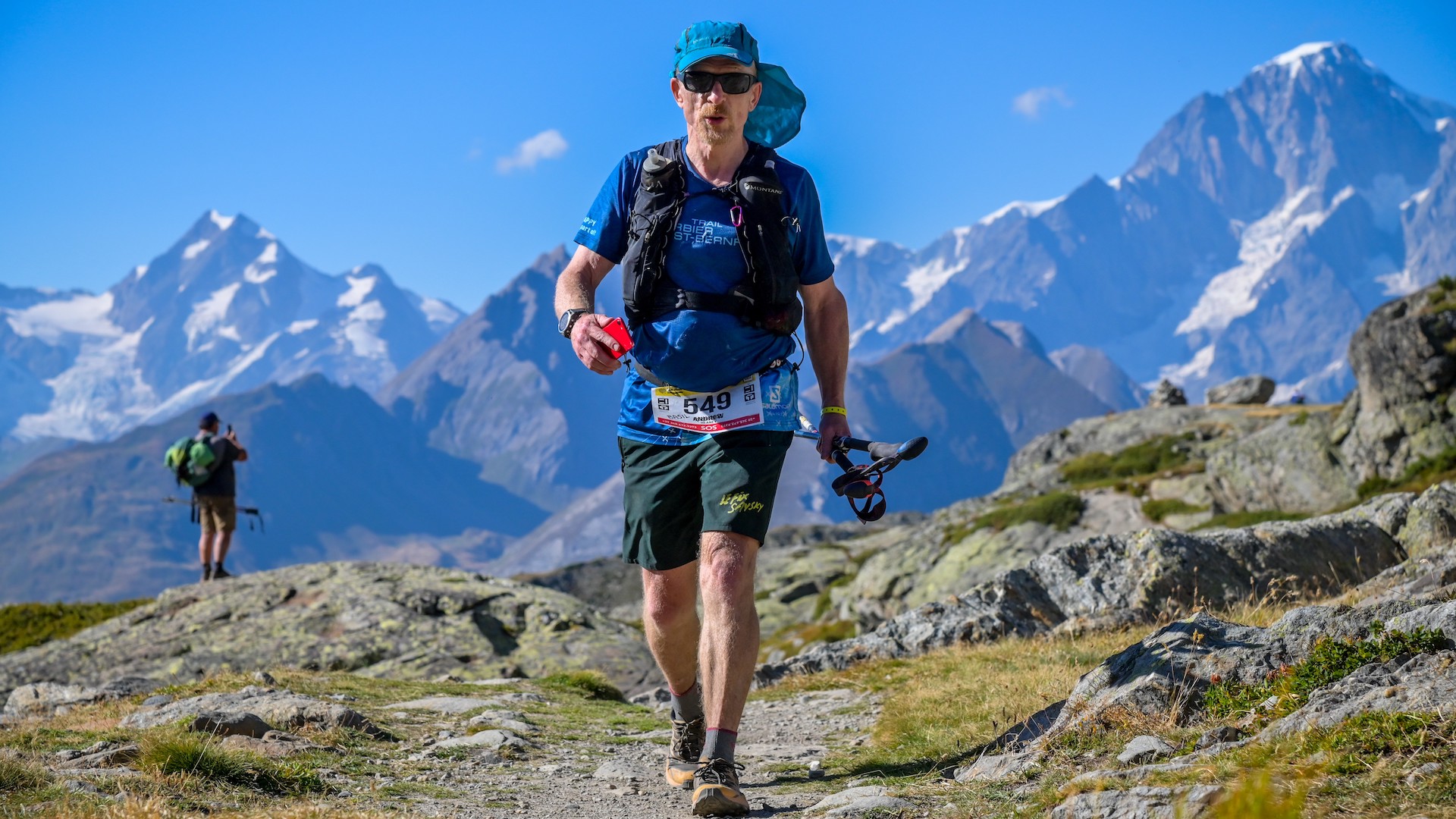
Superpower: Helping people with low incomes to access the sport of ultra running
Who is he? Andrew (aka Basil) was a latecomer to ultra running, but has slowly crawled his way up to being a mid/back-pack runner finishing many gnarly multi-day races in the UK and Alps (with an impressive collection of DNFs, too). No GB vest or FKT, but he has small corner in the record books as being the only person (foolish enough) to complete the Spine Race and Arc of Attrition back-to-back.
Why did you decide to start Into Ultra?
When we stand on ultra start lines the participants are mostly white, male and well off, but they can and should be more diverse. We wanted to let more people have the chance to ultra run, particularly those who can’t afford it.
How does Into Ultra work?
It’s a fairly simple model for now – we receive applications for support and select those where we think we can make a difference. We then match these runners up with support such as kit, race places or coaching provided by our partners, or in some cases we fund support ourselves. We also provide other help such as advice, webinars and guidance.
How much joy does it bring you and why?
Someone said that setting up Into Ultra is like starting a new business, but it’s even better when the service you’re providing is something you love yourself.
Any particularly generous offerings?
Over 100 races, coaches and brands have offered support and many are already providing assistance. They are all listed on our website. I will just highlight one – Kitsquad – who have provided free kit to many of our runners. They share the same values as Into Ultra and are also a not-for-profit.
What do you most need and how can people help?
The two things that I think will determine how many people we can help is raising awareness in the population of budding ultra runners (or those that are ‘ultra-curious’) and then having enough support from partners and donors to be able to support them.
What’s the most important message?
Help us get the word out, and if you would like to get into ultra running yourself but can’t afford it then take a look at our website since we may be able to help. If you share our mission to improve inclusivity then please do get in touch to support us.
Fran Pearson – Kitsquad
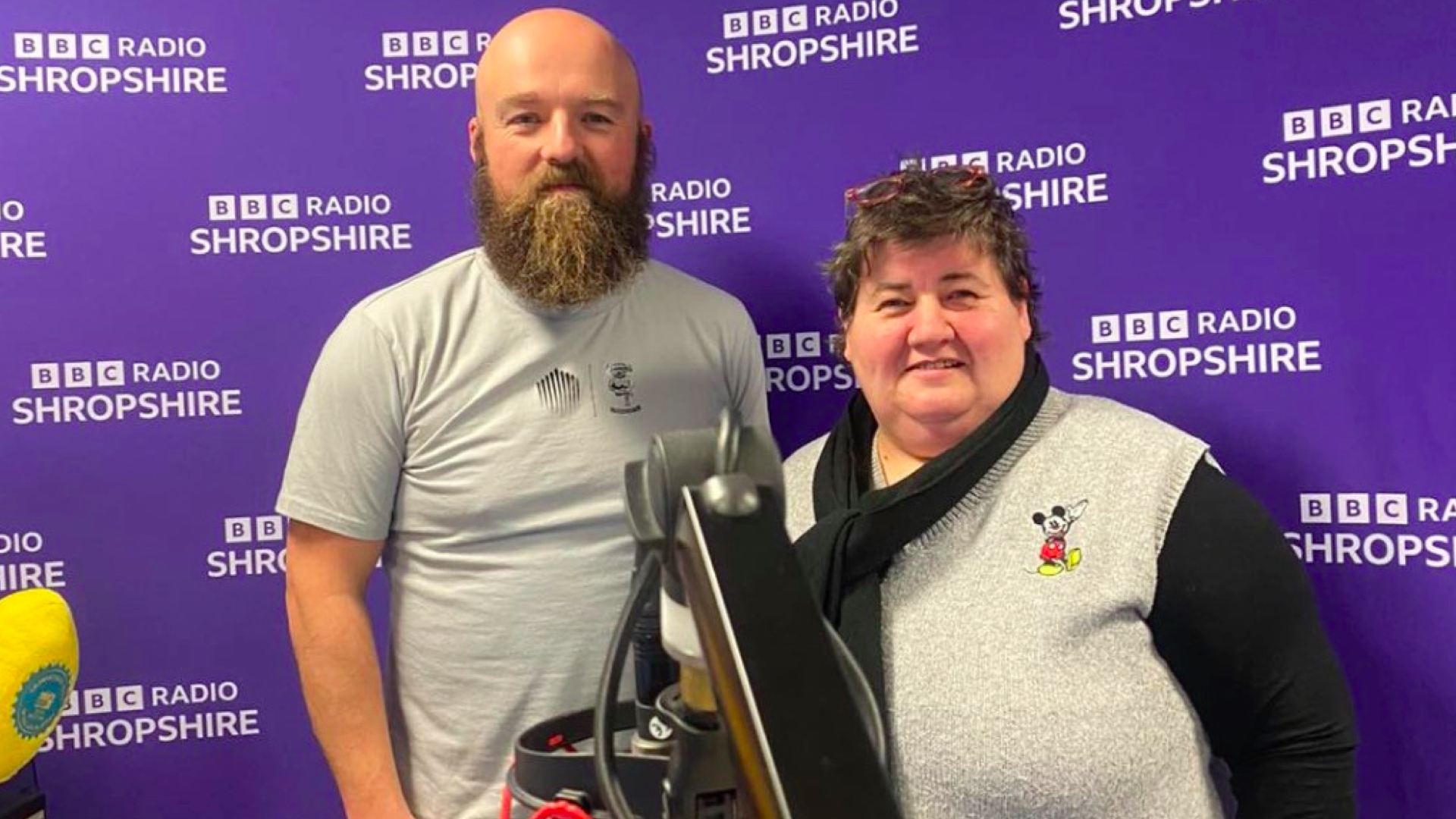
Superpower: Helping people on low incomes to access the outdoors by supplying them with donated hiking, running and camping kit.
Who is she? Hiker, wild swimmer and single mum of two, Fran from Shropshire, England, had to give up paid work to become a carer for a family member eight years ago, going from a household with a full-time salary to relying on benefits. Fran found solace with her family in their outdoors pursuits but suddenly realized how expensive all the kit was.
Why did you decide to start Kitsquad?
In 2019 when my children brought home their Scouts camp kit list I realized how costly it was, and what a barrier that might be to those who didn’t already have the gear like we did as an outdoorsy family. So I started Kitsquad from my lounge in February 2020 to help others from missing out. Now we are in a large warehouse supporting hundreds of families, hikers and runners.
How does Kitsquad work?
People send in their old gear, we log it into the system, check it, then when the kit requests come in we match it with what we have in stock. We gift the items, but when people don’t need them anymore we encourage them to return them for the next person. Kitsquad covers the whole of the UK and is the only scheme of its kind that supports people experiencing financial deprivation in this way.
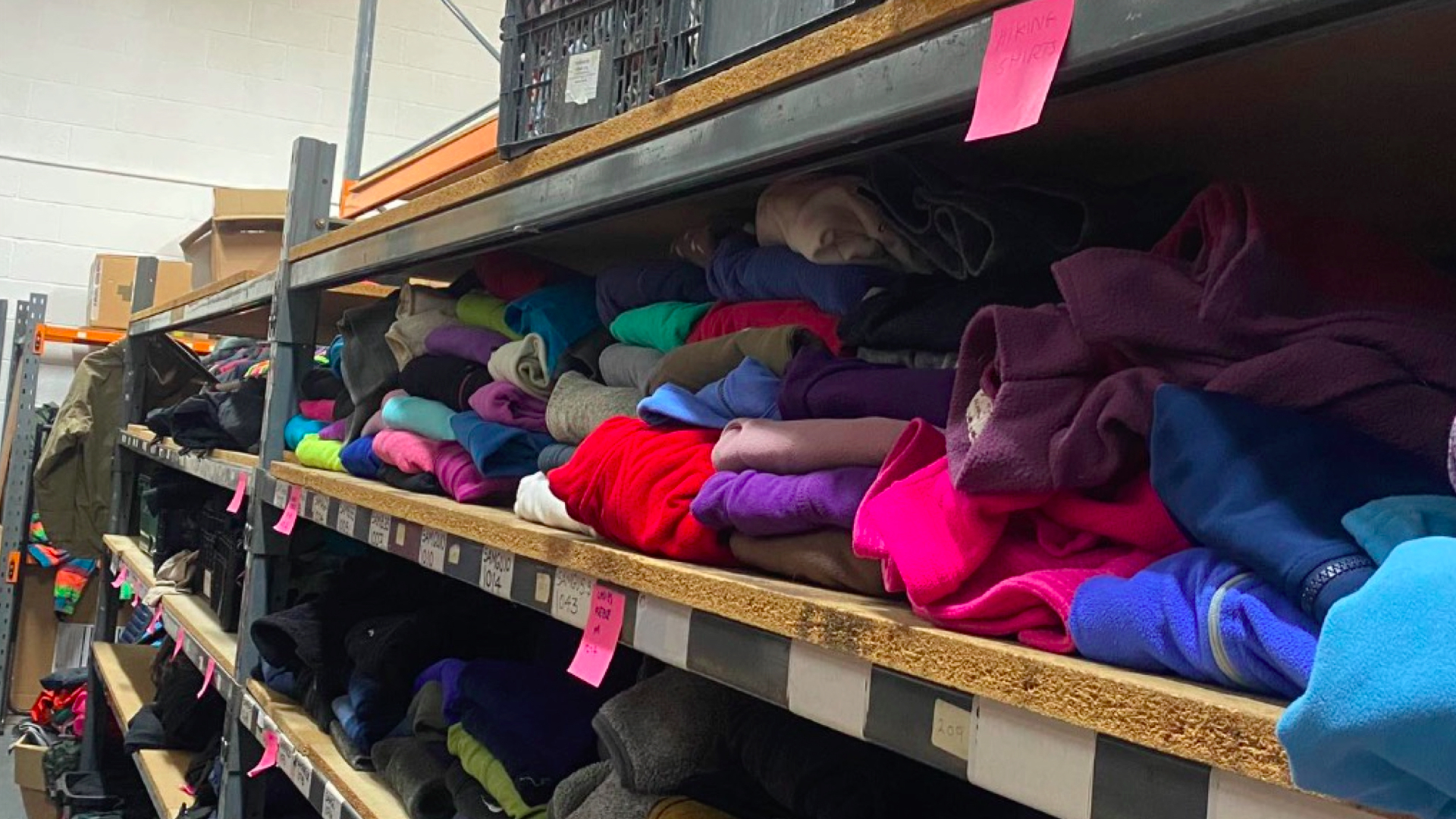
How much joy does it bring you and why?
Knowing how much being outdoors benefitted my mental and physical health it was really important to me that I try and create opportunities for people who otherwise might struggle to get outdoors.
Who donates?
The majority of our donations come in from individual donors. I am genuinely bowled over at the generosity of the outdoor community and how much they are willing to support a scheme such as this. We are also very grateful to Burton McCall, Alpkit Consortium and Rohan’s Gift Your Gear for supplying kit.
What do you most need?
Most of our requests are for waterproof jackets and trousers, then sleeping bags, rucksacks and tents. We accept most gear, but not for technical items that need safety testing, like climbing ropes and helmets.
Your most important message?
Check your cupboards for any surplus gear and consider sending it to us to allow us to help more and more people.
Semeena Khan – Sudhan Welfare Society / Muslim Runners
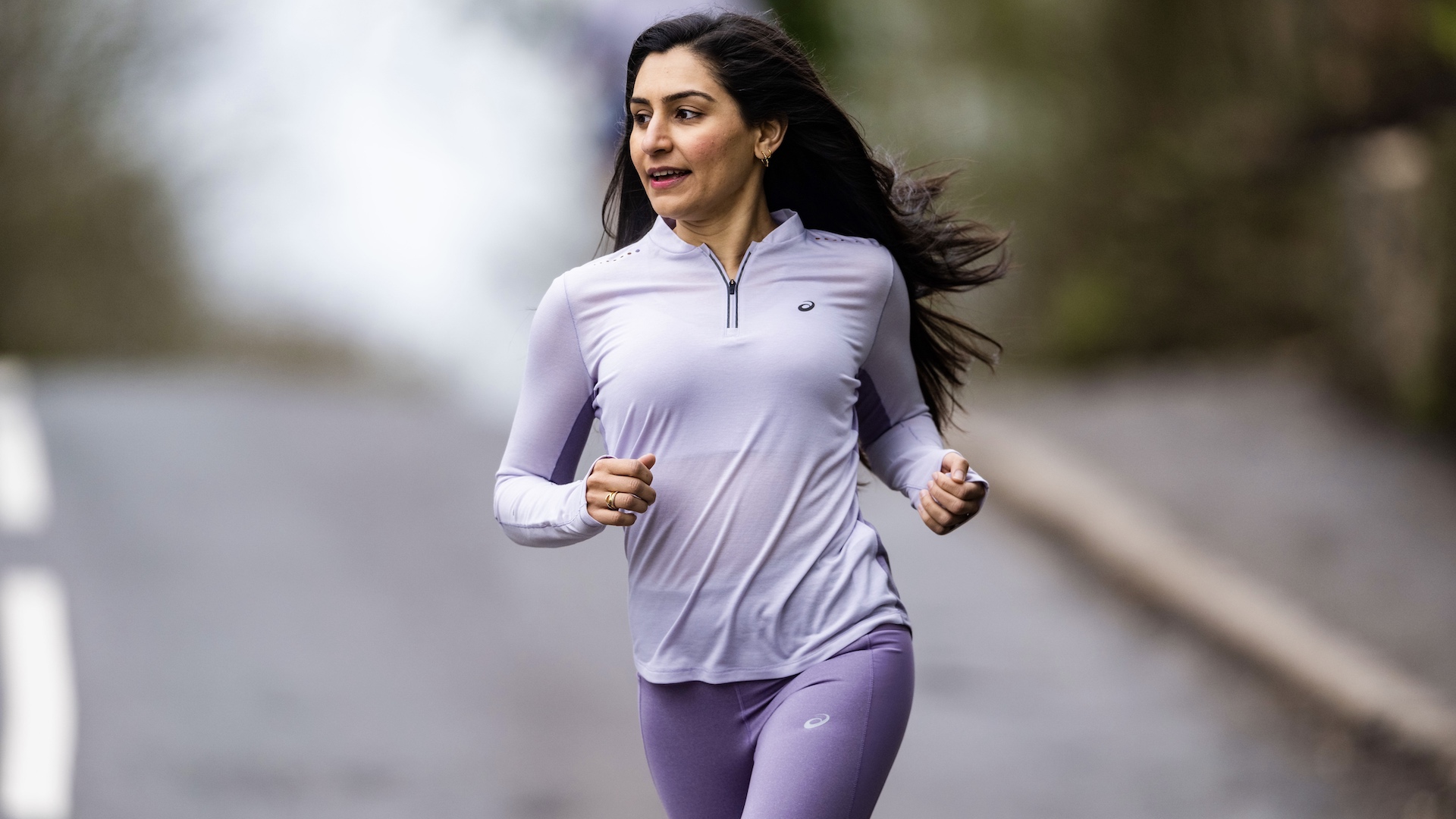
Superpower: Encouraging, inspiring and empowering more women of Muslim faith to take up this beautiful sport.
Who is she? ASICS FrontRunner and coach Semeena is co-founder of the Sudhan Welfare Society CIC (SWS) and community lead for the Muslim Runners. She won the Sussex Sports Volunteer of the Year Award 2021 and in December 2022 she appeared on the cover of Women’s Running magazine.
Why did you decide to co-found the Sudhan Welfare Society (SWS)?
I co-founded SWS during the global pandemic to tackle loneliness and isolation, particularly within the South Asian community. I’m incredibly proud of everything we have achieved and how far we have come in addressing under-representation in physical activity. When I co-founded the organization in May 2020, I never dreamed it would be the organization it is today.
And how did you become a lead for the Muslim Runners?
It all began with supporting the founder of Muslim Runners, Haroon Mota, at the Muslim Runners London Marathon 2022 shakeout run. I enjoyed the experience so much that I decided to volunteer and join the team.
How much joy do these things bring you and why?
I’m all about bringing people together – be it in my career, coaching, SWS projects, with Muslim Runners, or just my hobbies. It really lights me up, especially when it means getting people together to support their mental and physical health.
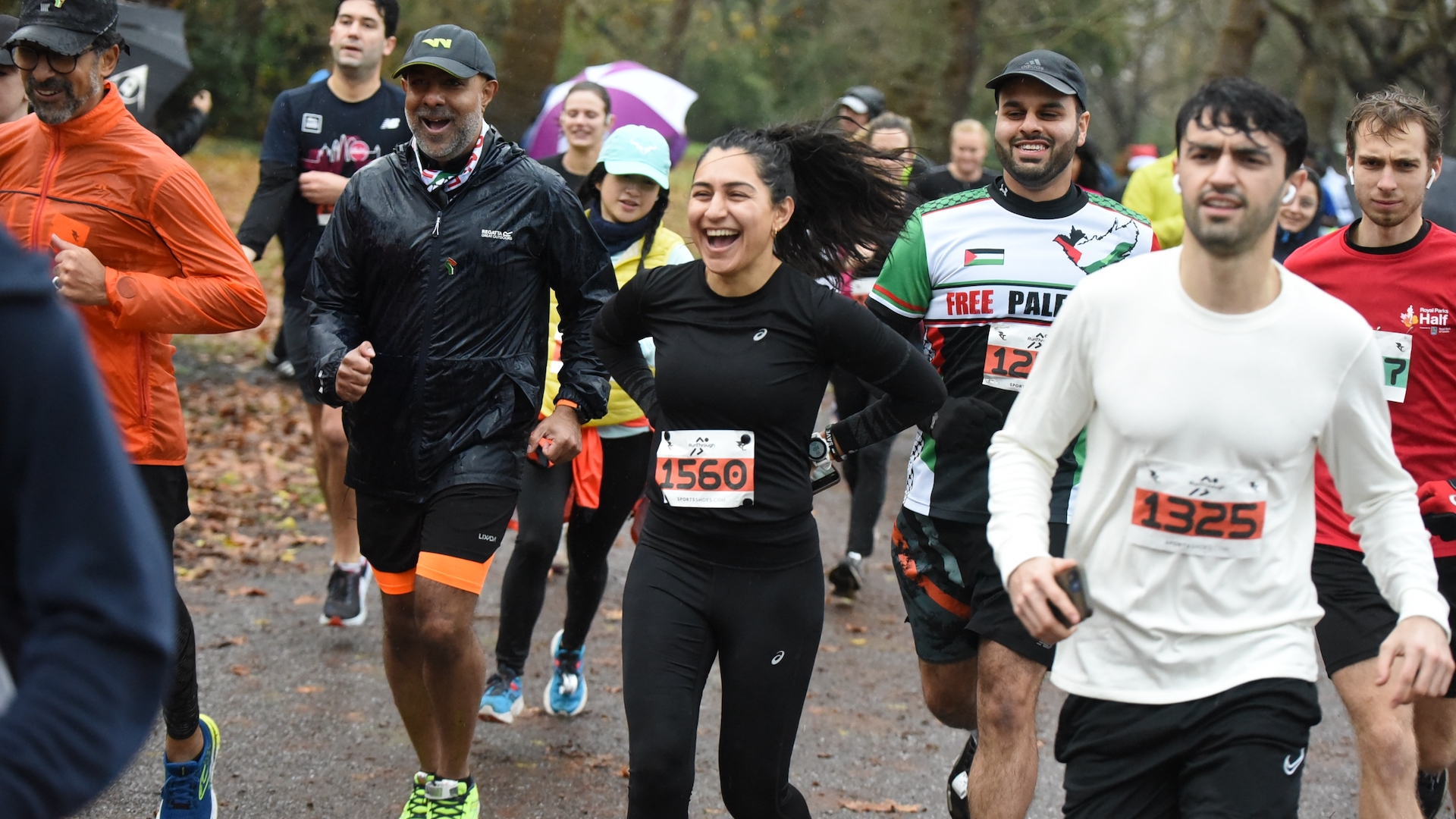
Any brands or races that have been particularly helpful?
ASICS FrontRunner for the opportunity to amplify genuine voices, promote realistic bodies and represent individuals from diverse backgrounds. London Marathon Events who promote inclusivity and diversity. Threshold Sports by advocating for gender equality in ultra running – I’ll be doing my first ultra with them in June, Race to the King 100k. Women’s Running UK for featuring me on the cover of the December 2022 issue – I was truly was honored to represent Muslim women on such a huge platform.
How can people help you out?
Recognizing the importance of gaining a deeper understanding of communities and the cultural and community barriers individuals may face is a great initial step. Incredible strength and unity come from embracing diversity!
What’s the most important message?
We all belong in the running world no matter our race, color or faith.
Robert Gale - My New Bum
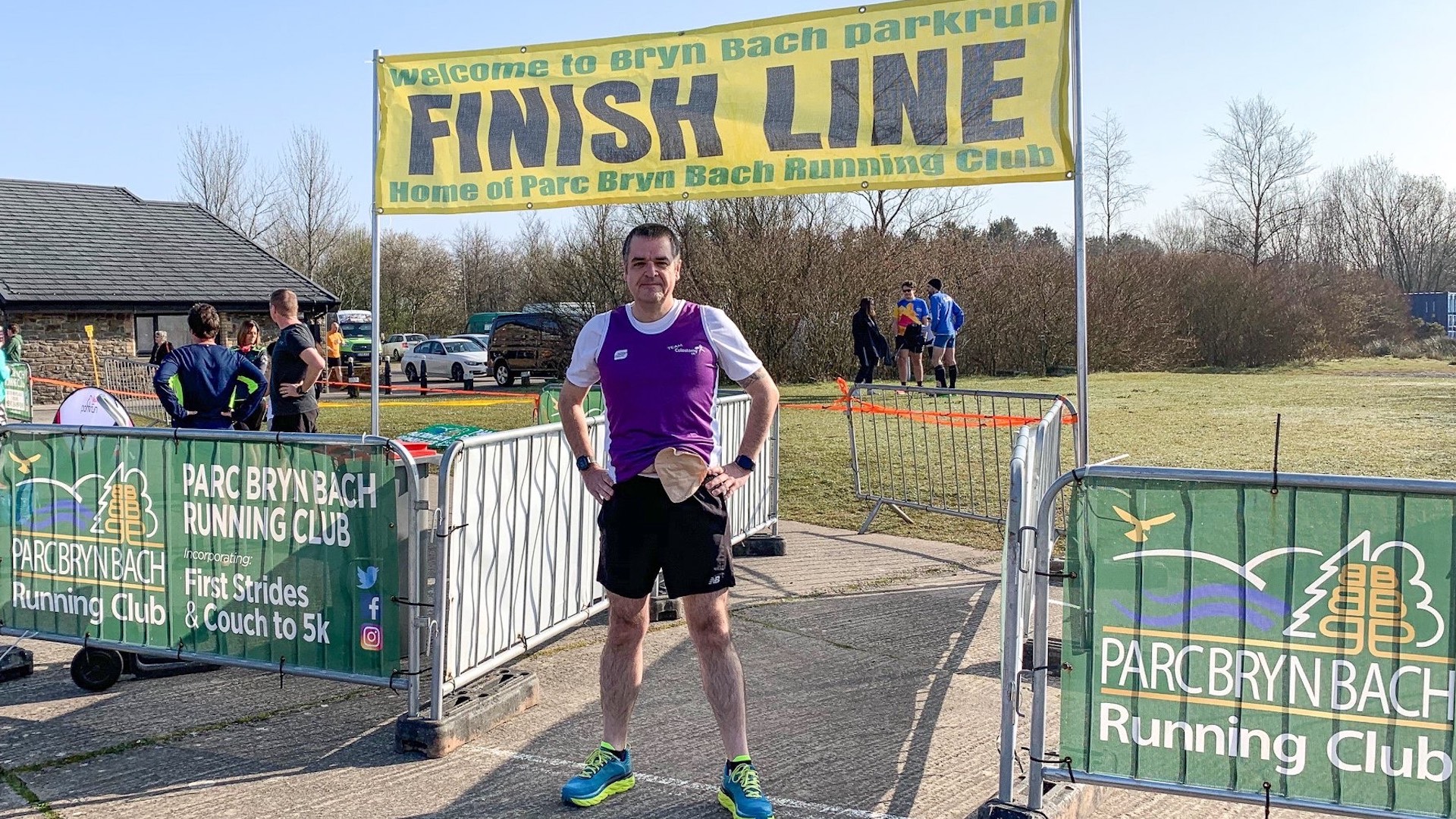
Superpower: Creator of My New Bum, a blog about running with a stoma.
Who is he? Rob is an ultra runner who had Crohn’s Disease for over 20 years. After trying a range of treatments and suffering from a poor quality of life and a lack of running he elected to have a colostomy and be fitted with a stoma bag. Within a couple of months he was getting back into running and setting himself ambitious ultra goals, such as running 72 miles around the border of Newport, recording everything in his blog so as to help other runners with stomas.
What is a stoma bag?
A stoma, and the bag attached to it, is the result of having surgery to remove a section of your bowel and create a new bum in a different location depending on whether it is a colostomy or ileostomy. The reason for having a stoma could be due to cancer, a chronic disease such as Crohn’s or ulcerative colitis, or some other trauma.
Why did you create your blog?
Having a stoma was a life-changing event and not a decision I made easily. I wouldn’t be the only one having to make this decision so I decided to document my journey. The blog discussed the surgery, complications along the way and getting back into running. I’ve had positive feedback from people both runners and non-runners.
What’s been your biggest challenge so far in running with a stoma bag?
It’s surprising how quickly you get used to running with a stoma bag, especially once you’ve worked out your body’s patterns so you don’t have to worry about pooping. In the early days I would often get leaks, but with practice and choosing the correct stoma bag that was reduced almost entirely.
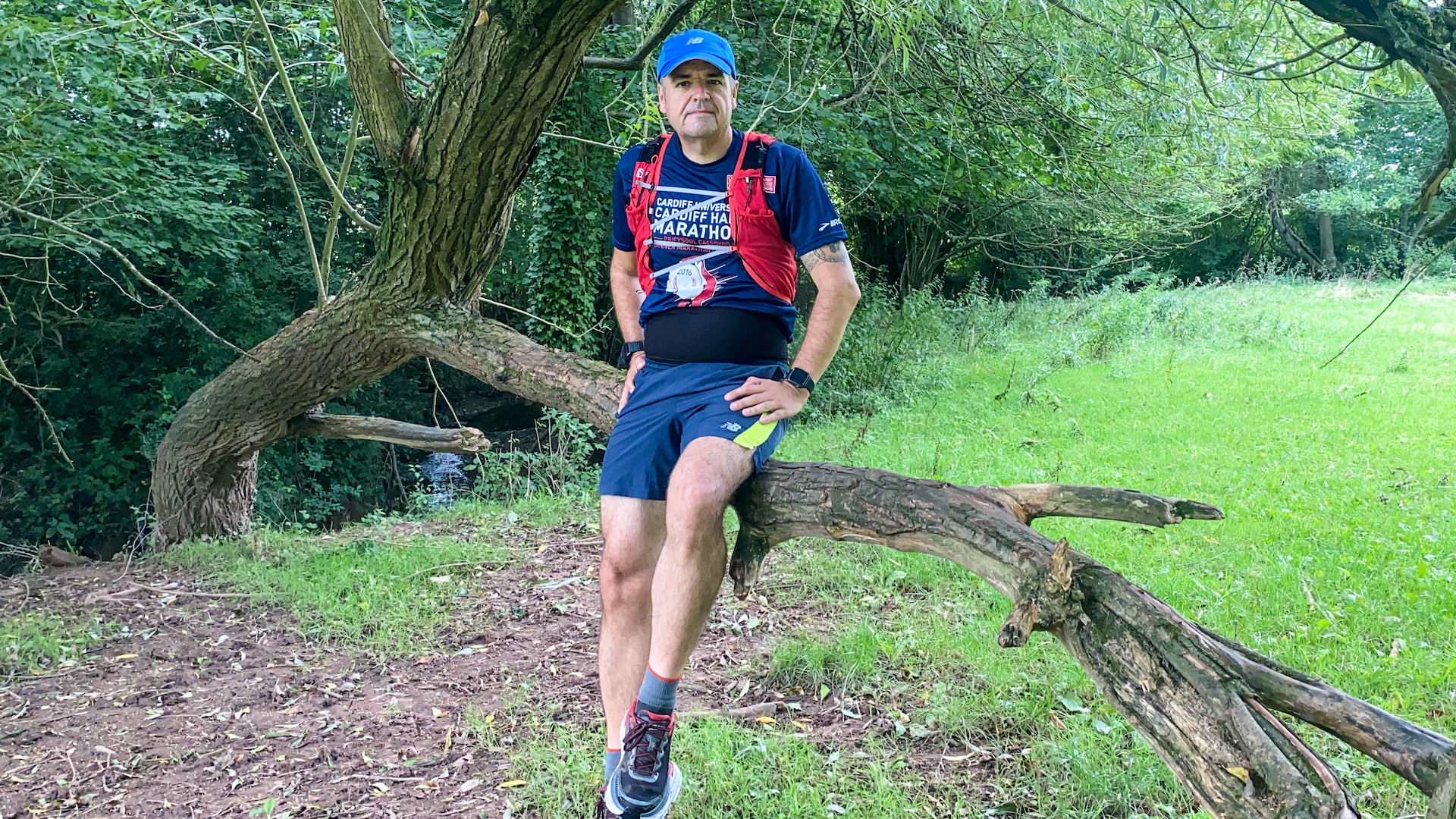
Are there any advantages?
You know those long lines at race day Portaloos? With a stoma they’re a thing of the past! Obviously I would never recommend getting one just to solve that problem, but it’s a great perk to having one.
Most important message?
Many runners wouldn’t even know I’ve got a stoma and that’s the best way for it to be. People with stomas lead regular lives, just poop in a different way. I try not to mention that I have one but if asked or if it comes into conversation I’m more than happy to discuss it as awareness is always good.
- The best trail running shoes 2024: comfort, support and grip on varied terrain
The co-founder and former editor of Trail Running magazine, Claire now runs the YouTube channel Wild Ginger Running, creating films about trail- and ultra-running advice, inspiration, races and gear reviews. An award-winning journalist, writing for outdoor and adventure sports magazines and websites, Claire's first book, The Ultimate Trail Running Handbook (5k to 50k), is out now. Her second, The Ultimate Ultra Running Handbook (50k to 100 miles), is out Autumn 2024. Claire also speaks and presents at events and races.
